Making the mousse
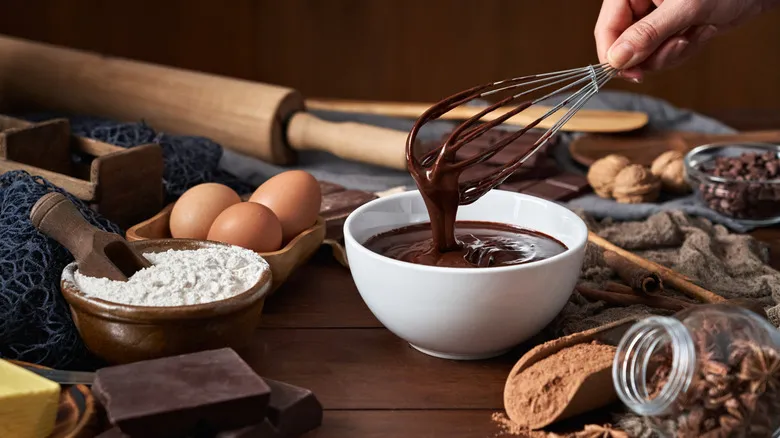
To prepare a classic chocolate mousse, start by whipping cold heavy cream with powdered sugar and vanilla until soft peaks form. Next, melt chocolate with butter on the stove, avoiding the microwave for better control. Ensure the chocolate mixture is smooth and warm, being careful not to overheat and scorch it. Once melted and well combined, remove the chocolate from the heat and stir in the egg yolks.
Then, beat the egg whites and gently fold them into the chocolate mixture. After that, incorporate the whipped cream by folding it in. Once everything is well blended, transfer the mixture to the fridge to chill until it's time to serve. Simple, right?
Where it can go wrong
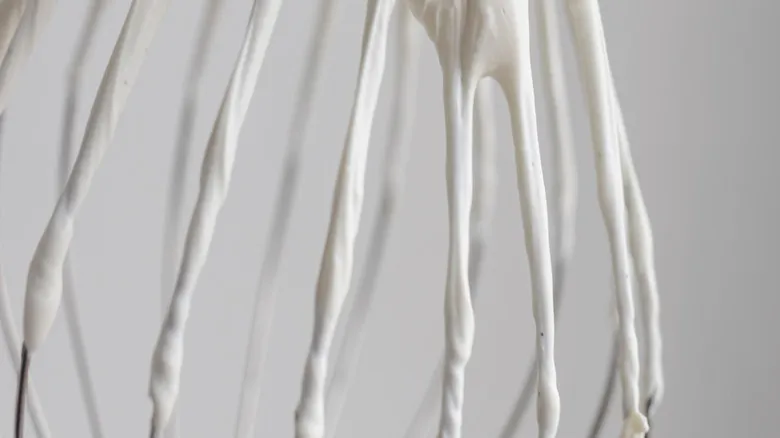
There are a few key areas where your chocolate mousse can go awry, leading to grainy, overmixed bites. If your chocolate and butter mixture is too hot when you add the egg yolks, they may scramble, resulting in chunks and separation. Similarly, if the chocolate is warm and smooth but the eggs are too cold, you could encounter the same problem. To prevent this, make sure the chocolate and butter mixture is off the heat and warm to the touch—just not hot—before incorporating the room-temperature yolks.
Another potential pitfall occurs if the chocolate and egg mixture cools down too much before you fold in the whipped cream and egg whites. This can create small chocolate grains as the mixture starts to set. Additionally, be cautious not to overwhip your cream, as this can turn it into butter. When this overwhipped cream is added to your chocolate, it can contribute to a grainy texture, hindering your goal of achieving a smooth and indulgent mousse.
How to fix it

If you encounter seized or lumpy chocolate before mixing it into your whipped cream and egg whites, you can resolve the issue by opting for a higher quality chocolate (craft chocolate, which consists of cacao, sugar, and cacao butter, melts more smoothly and is less likely to scorch) or by adding a small amount of boiling water to help remelt the mixture.
If your mousse turns out lumpy, grainy, and appears overmixed after combining all the ingredients, unfortunately, the only solution is to start fresh! To achieve a chocolate mousse that would make Julia Child proud, ensure your whipped cream has reached soft peaks, your chocolate mixture is neither burnt nor excessively hot, your egg yolks are at room temperature, and your egg whites are whipped to stiff peaks.
Recommended
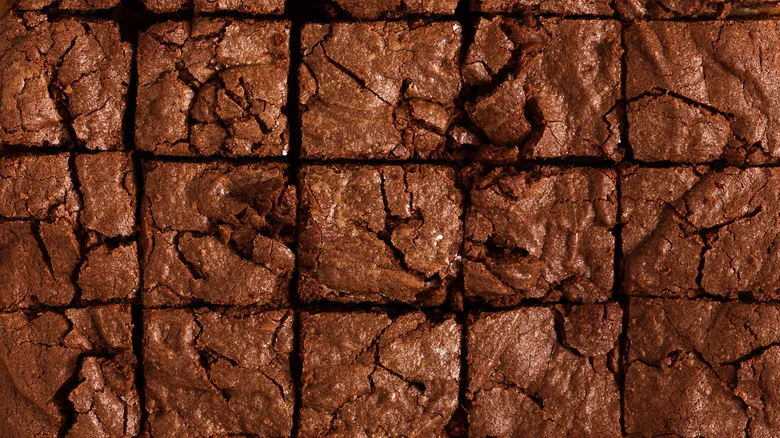
Cakey Vs Fudgy Vs Chewy: How To Bake Brownies To Your Perfect Texture
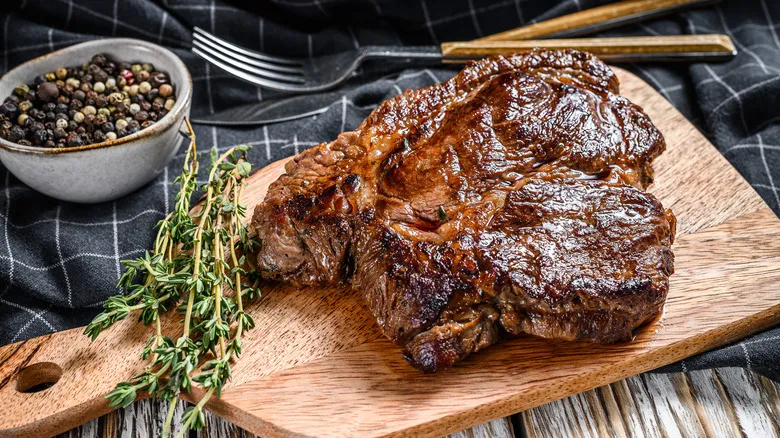
What Is The Difference Between Chuck Roast And Chuck Steak?

Chop Vegetables Into Small Pieces If You're Roasting In A Rush
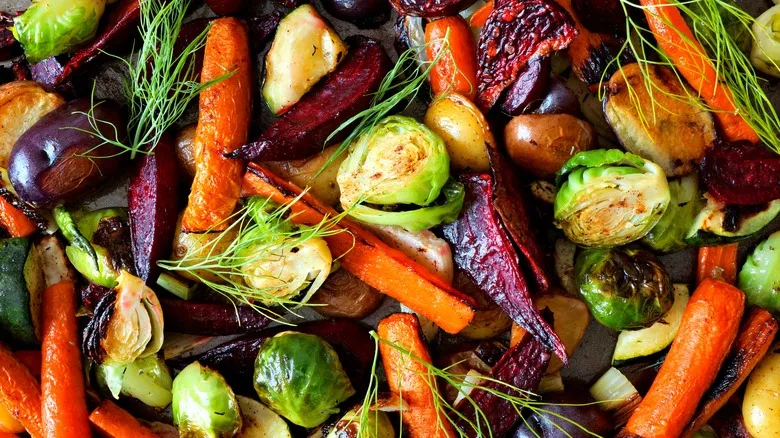
Why Roasted Vegetables Taste Sweeter & How To Do It Right
Next up

